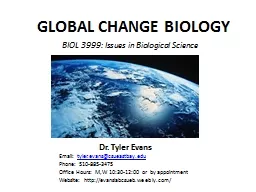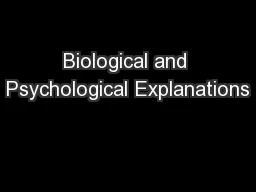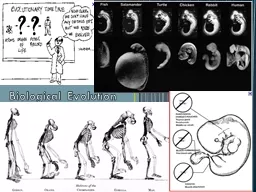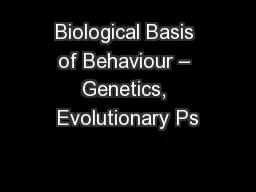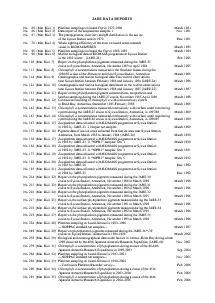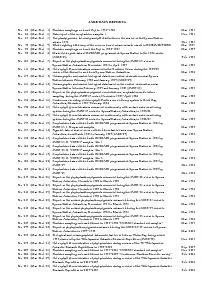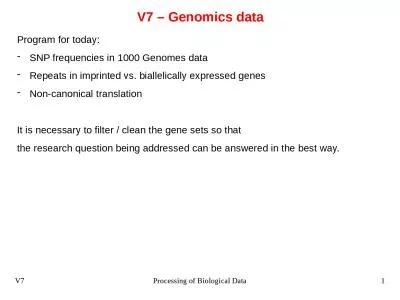PPT-BIOL 3999: Issues in Biological Science
Author : conchita-marotz | Published Date : 2015-10-13
GLOBAL CHANGE BIOLOGY Dr Tyler Evans Email tylerevanscsueastbayedu Phone 5108853475 Office Hours MW 10301200 or by appointment Website http evanslabcsuebweeblycom
Presentation Embed Code
Download Presentation
Download Presentation The PPT/PDF document "BIOL 3999: Issues in Biological Science" is the property of its rightful owner. Permission is granted to download and print the materials on this website for personal, non-commercial use only, and to display it on your personal computer provided you do not modify the materials and that you retain all copyright notices contained in the materials. By downloading content from our website, you accept the terms of this agreement.
BIOL 3999: Issues in Biological Science: Transcript
Download Rules Of Document
"BIOL 3999: Issues in Biological Science"The content belongs to its owner. You may download and print it for personal use, without modification, and keep all copyright notices. By downloading, you agree to these terms.
Related Documents

